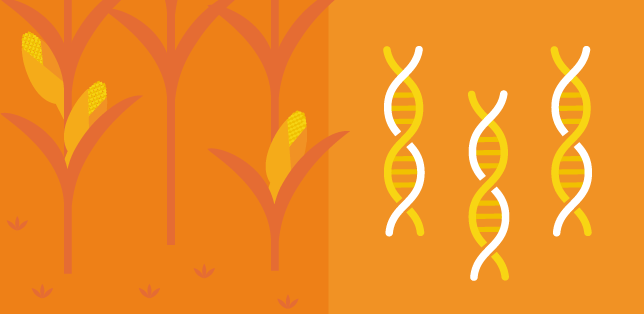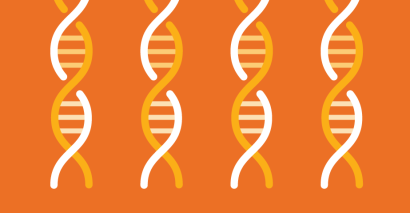Biotechnology

Biotechnology is broadly defined as any technique which uses living organisms to make products, to improve plants or animals, or to develop microbes for specific uses. This covers a wide range of techniques ranging from traditional plant breeding, animal husbandry and fermentation, which can trace their roots back thousands of years, to modern technologies such as genetic engineering and genome editing.
Genetically modified food: What do you need to know?
29 February 2016Changes in genetic make-up occur naturally between generations of plants and animals, and through selective breeding, resulting in the selection of traits favourable to our supply. Recently, technology has allowed us to genetically modify our food faster, but is it safe and how is this regulated?
